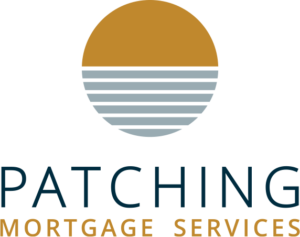Lets say that your mortgage is coming up for renewal. You speak with a mortgage professional and find out that you can secure a lower rate than your current lender is offering. Therefore, you decide to switch lenders in order to secure a lower interest rate and monthly payments. Great choice! Why? Because its likely that your new lender will cover any transfer fees when moving your mortgage at the end of a three year or five year term.
But, what if during the term of your mortgage, you find out that rates have been reduced, and your current rate is much higher than what is being offered by other lenders. You try to “switch” lenders, only to find out that their is a collateral charge on your mortgage, and you must hire a lawyer to pay $1,000+ to discharge your mortgage before switching. Plus, you’ll have to pay a penalty for breaking your mortgage early. Therefore, its likely you’ll stay put with your current mortgage and be left paying a much higher interest rate than others.
First off let me explain the difference between a collateral mortgage and a mortgage charge because banks do a horrible job at explaining it during the mortgage process and hide it within the fine print of contracts.
A collateral charge is registered under the personal property security act of Canada, and can only be discharged by the lender. A mortgage charge is registered through the land title or registry office and can be discharged by a 3rd party.
So what’s the point of collateral charges? Banks will register your mortgage at a larger amount than the actual mortgage loan, so if down the road the borrower needs to withdraw extra funds they can do so without refinancing. However the client will have to re-qualify for that loan amount and pretty much go through the whole mortgage process again. For example, if you borrow $5000,000, the lender can choose to register it up to 125% of the original amount. Therefore 1.25*$500,000 = $625,000.
Let me give you an example.
Dan Faubert, a mortgage broker in Ottawa, wrote a blog post titled the pitfalls of a collateral mortgage. He uses the example of John Smith (not his real name), who was denied a loan to fix up his home.
The man owned a home worth $375,000. He had $25,000 left on his mortgage and a $250,000 balance on his home equity line of credit — a total debt of $275,000.
Unfortunately, he didn’t know the bank had registered a $375,000 mortgage against his home. Most collateral mortgages are registered at 100 per cent of the property’s value and some go up to 125 per cent, depending on the lender.
Smith wanted $25,000 to renovate. He was planning to sell his house. But since he was retired and had a lower income than when he borrowed the money, he didn’t qualify for a bank loan.
Faubert couldn’t get him any more money, nor could any other mortgage broker, since the collateral mortgage was registered for 100 per cent of the property’s value.
Smith had borrowed $275,000 and his home was worth $375,000, but there was no equity against which to register a mortgage. It is a dilemma that could face other Canadians who carry a mortgage with them into retirement.
“Any mortgage with any bank that has multiple products in one mortgage is also registered as a collateral mortgage,” says Faubert, who recommends asking lenders for an explanation before agreeing to new financing.
Therefore watch out. Collateral charges make “switching” your mortgage much more difficult, and will stop you from benefiting from lowered interest rates.
Feel free to contact me if you have any questions. Have a great day!


